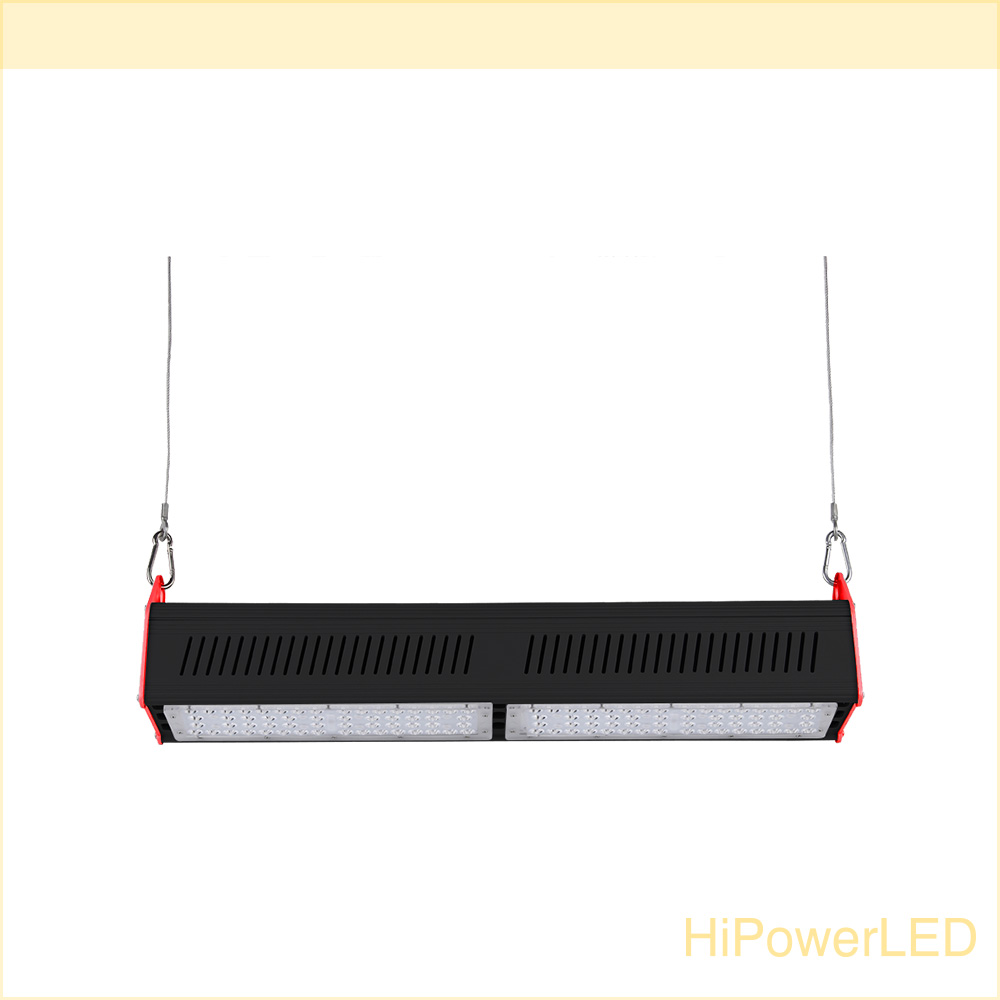Flood light
A flood light has a broad beam distance and high lighting power. Floodlight is favorably diffuse and non-directional, resulting in soft, transparent shadows that disappear gradually when illuminating objects. It can enlighten larger areas with the benefit of a wide beam angle. As floodlight is non-directional, manufacturers put the reflector on a standard fixture to focus the light in one order. In area light vs flood light , Floodlight is mainly utilized in larger areas, such as driveways, stadiums, warehouses, sports fields, etc. It can light up the area entirely during low-light situations. A qualified floodlight can match the clear television broadcast and deliver appropriate visibility for spectators and operators. To save energy, utilizing solar floodlights is a popular choice for numerous consumers.
Area light
Area light is a very significant light fixture, which can not only brighten the road to enhance the motorist's credit capacity and decrease the happening of night casualties but also allow passersby to find the proper order in the dark and enhance individual protection. Road area light is not solely operated at night. It can also be turned on during the day to improve road visibility and reduce accidents when encountering bad weather, such as rich mist, sand, dust, and other low-visibility situations. Retail area lights can decrease people's night shopping, enhance the environment, and improve the quality of life.
The distinction between floodlight and area light
To define floodlights can be utilized as area lights, the distinction between floodlights and area lights should be brought into account. Application, installation, lighting distribution and uniformity are the major distinctions area light vs flood light.
Application
Floodlight is primarily utilized in outdoor areas like the playing field, stadiums, parking lots , amusement parks, airports, building facades, etc. It can enlighten larger and broader areas compared to the area light. Area light is normally discovered on the edge of the road, including park lane, cycle path road, pedestrian area, community road, etc.
Installation
Anarea light is generally climbed on poles with proper height to provide adequate brightness. A foundation and track of poles are required to supply power for fixtures. Skilled technicians are also required for proper installation. But the facilities of floodlights are more comfortable. A floodlight can be installed not only on the pole but also on the roof, wall or even the lawn. The following picture illustrates the various installations of floodlights.
Floodlight lighting distributions can be easily split into balanced, asymmetrical and double asymmetrical.
Floodlight as area light
You can see in this area light vs flood light to spread distance for light. Floodlights can be utilized for anarea light in approach. Area light is desired to illuminate a particular focus on the road surface. But floodlight wraps a wider and larger area of the desired object. Counting a reflector or lens assists in modifying the beam distance of floodlight to water or focus the light. Full cutoff or semi-cutoff allocation of a flood is satisfactory as anarea light. Full cutoff means the highest lighting intensity must be smaller than 10cd/1000lm at 90 degrees and smaller than 30cd/1000lm at 80 degrees. Semi-cutoff is described as the maximum lighting intensity not surpassing 50cd/1000lm at 90 degrees and smaller than 100cd/1000lm at 80 degrees. Moreover, the floodlight should be climbed in the proper mounting place and height to provide brightness uniformity.
Floodlights have a broad beam distance and high lighting power, suitable for illuminating larger areas like stadiums, parking lots, and amusement parks. Area lights, on the other hand, are typically found on the edge of roads, enhancing visibility for pedestrians and motorists.
Area lights are usually mounted on poles at appropriate heights, requiring a foundation and power supply. Floodlights offer more flexibility in installation, as they can be mounted on poles, walls, roofs, or even lawns.
Floodlights are commonly used in outdoor areas that require broad illumination, such as sports fields and building facades. Area lights are often deployed along roadsides, cycle paths, and pedestrian areas to enhance visibility and safety.
Yes, floodlights can be adapted to serve as area lights by adjusting the beam distance and distribution. Reflectors or lenses can be utilized to modify the light output, ensuring adequate coverage for specific areas.
Floodlights offer various lighting distributions, including balanced, asymmetrical, and double asymmetrical, catering to different lighting requirements. Proper distribution ensures uniform brightness and coverage across the illuminated area.
Yes, both floodlights and area lights should adhere to specific cutoff intensity guidelines to minimize light pollution and glare. Full cutoff and semi-cutoff distributions are recommended to control light spill and maintain optimal visibility without causing discomfort to observers or nearby residents.
Both floodlights and area lights can utilize energy-efficient technologies such as LED lighting and solar power, reducing energy consumption and environmental impact. By choosing eco-friendly lighting solutions, users can minimize their carbon footprint and contribute to sustainability efforts.
 Join HipowerLED at the Hong Kong International Optical Fair(Exhibition) in October 2023!
Join HipowerLED at the Hong Kong International Optical Fair(Exhibition) in October 2023!
 Misconceptions about Choosing LED Linear High Bay Lights
Misconceptions about Choosing LED Linear High Bay Lights
 Tips on How to Choose Best LED Grow Lights
Tips on How to Choose Best LED Grow Lights